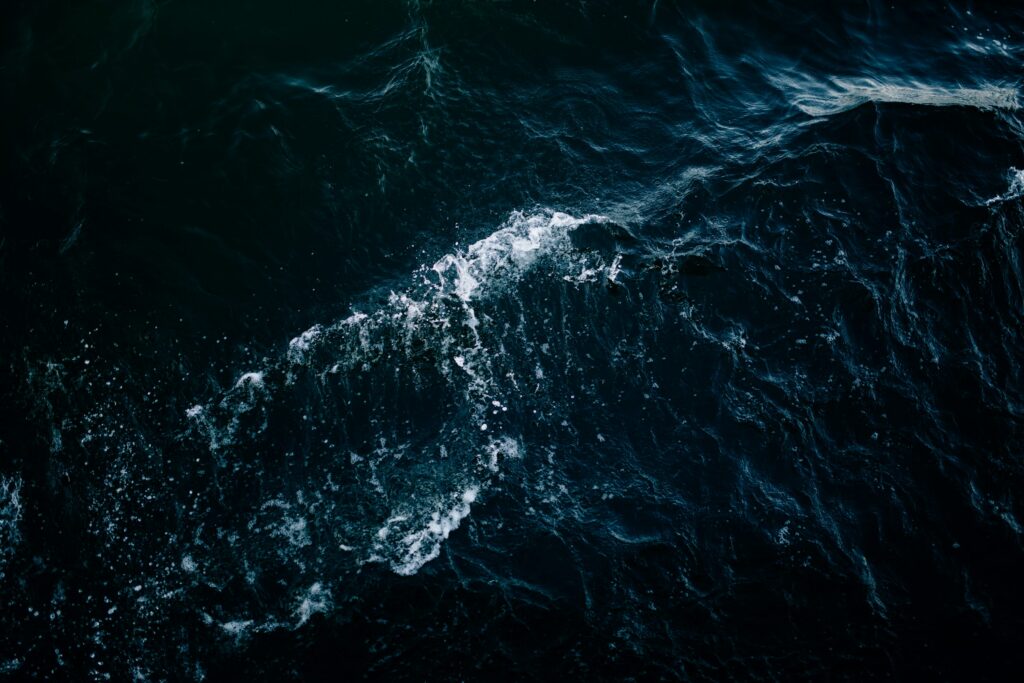A new study in Nature (h/t Wattsupwiththat) helps resolve a puzzle we didn’t even know exists because the people whose job it is to tell us somehow didn’t get around to it. According to the study, the climate models that have been wailing for years about rising oceans flooding coastal zones are driven in part by incorrect assumptions about how the Greenland ice sheet is disintegrating. Those models assume that every year, when bare ice forms around the edges, it melts in the summer sun and all the water flows immediately into the oceans. But apparently the modelers and the insiders knew it couldn’t be right because there was too little water going into the oceans. The models said whoosh and the data said trickle trickle. So finally a group of scientists turned off their computers and went to Greenland to see what was happening. What weirdos, huh?
What they found was something that probably wouldn’t have come as a surprise to anyone who has ever looked after a backyard hockey rink in the winter. Bare ice doesn’t just turn into runoff when the daytime temperature goes above zero. Sometimes it becomes a puddle that the snow underneath holds onto, then refreezes overnight.
As in, looky here, Greenland. Yes, the ice would melt during the day. But instead of the water cutting channels and rushing for the sea, it usually just stayed put and refroze overnight. So the next day the sun’s energy wouldn’t be put to work melting new ice. It would have to re-melt ice that was water the day before.
When the scientists took account of this behaviour the numbers were startling. Some 9-15% of the annual run-off from the Greenland ice sheet predicted by climate models runs not off. It is retained on the ice surface and refreezes. Which again also means a large amount of solar energy is taken up melting water that doesn’t leave but instead refreezes in place.
A few weeks ago we told you about a study that showed sea level rise was not accelerating the way climate models predicted. Now we find that the Greenland ice sheet isn’t disintegrating the way climate models assume it is. It’s starting to look like a pattern.
The models are given the modelers’ assumptions as inputs, and regurgitate them as outputs, and the modelers say told you so. Which they did… to the models. But then the real-world ice says something different. Wretched, isn’t it?



Currently models tell us what the designer wants it to tell us (him/her)
Soon the IA will tell us the indisputable facts. I hope it is not like todays media.